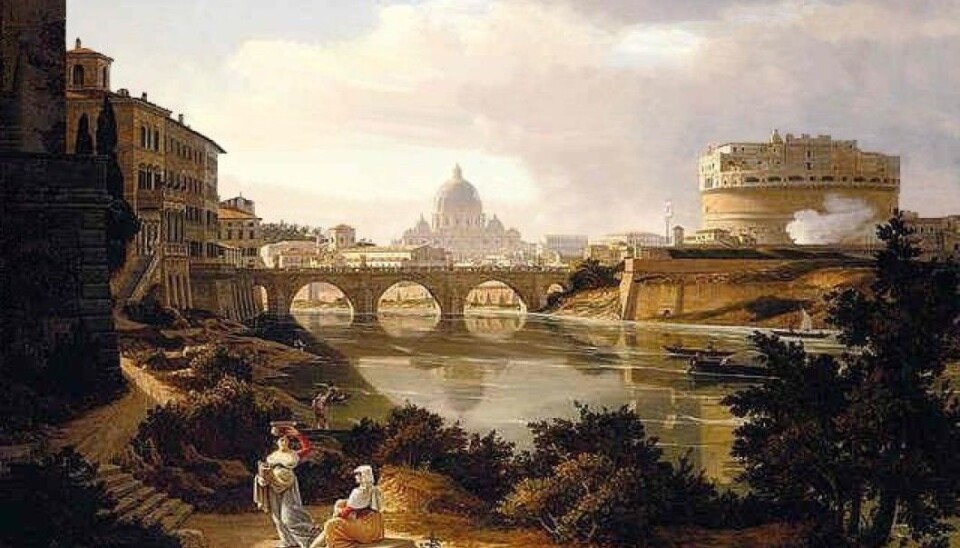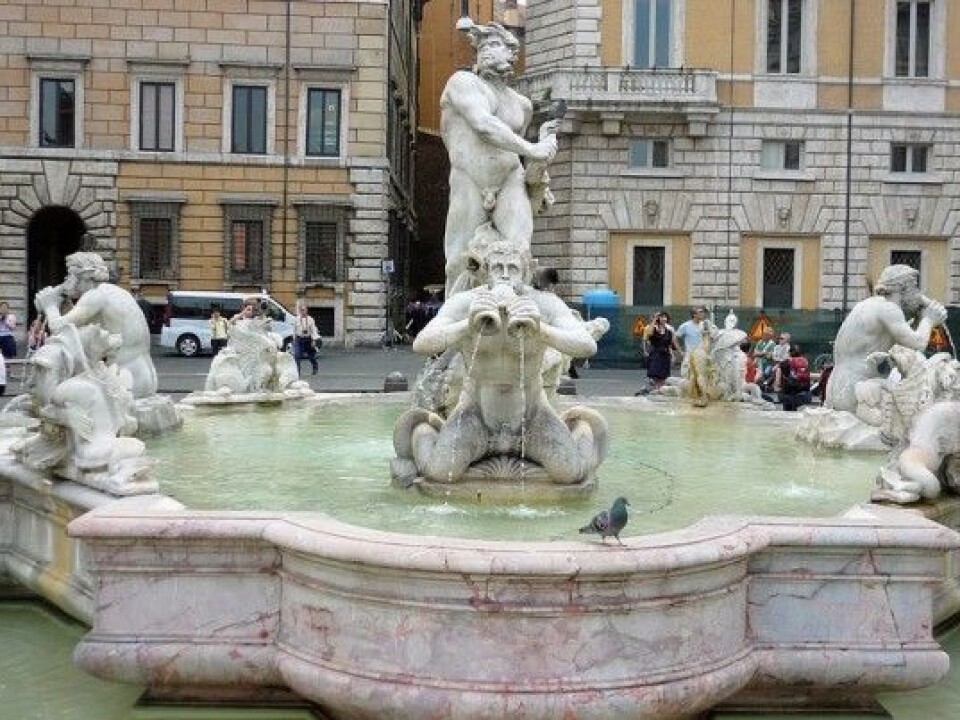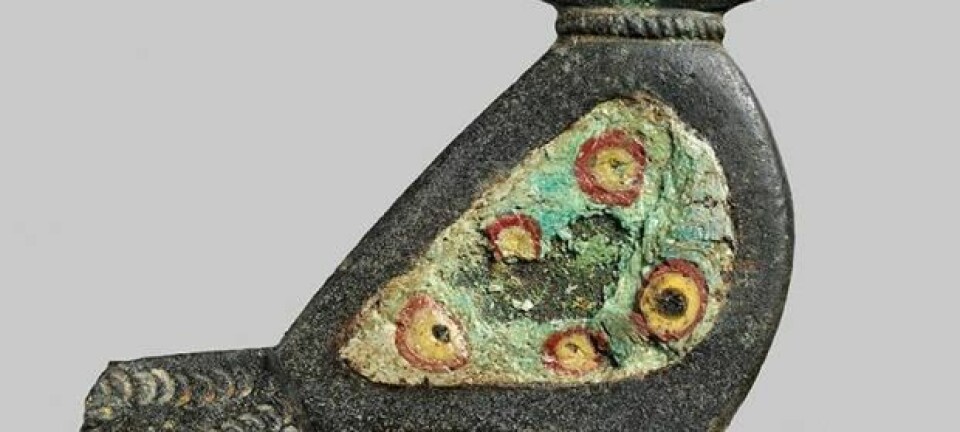
A visit to Rome using centuries-old guidebooks
"There were big differences in what people thought was important and noteworthy, beautiful or ugly," says Anna Blennow.
You may think you need to run out and buy the latest Lonely Planet guide for your next trip to Europe, but a Swedish experiment might just change your purchasing habits.
A group of Swedish researchers took guidebooks that were at least 100 years old to Rome to see what they could learn. They found that even centuries-old tomes were full of surprising insights, both about the place the book described and the period during which the guide was written.
As described in forskning.se, Anna Blennow and colleagues from the University of Gothenburg conducted their Roman experiment using guides that were between 1200 and 100 years old. Blennow is a university lecturer in Latin at the Department of Languages and Literature at the University of Gothenburg.
The researchers weren’t even sure when they started their experiment that they would be able to use these dusty old volumes as guidebooks. And they were curious to see what the guidebooks said about the Italian capital’s many monuments and places.
800s guide with a clever idea

Although guidebook readers have changed over the past 1200 years, from pious pilgrims to the upper class to gelato-slurping selfie-takers, it became clear to the researchers that their guidebooks from across the ages had quite a bit in common.
For example, pretty much all of the guides were pocket-sized. Additionally, they were all structured geographically to help the reader find his or her way, while also describing different themes.
All of the guidebooks the researchers had also included suggestions for fine walks, despite the fact that roughly one thousand years separated the authors of the oldest and newest guides.
Blennow took responsibility for the oldest travel book in the selection. It was written in the 800s and contained lists of different monuments that travellers could see. And Blennow explained how the author structured the book so the words formed a kind of map.
Roman monuments that were on the left side of the street were thus listed on the left side of the book, according to forskning.se.
In Rome, many ancient city structures have been preserved, partly because new streets have been built on the old Roman roads.
The 19th century guide silent on the Baroque
The Swedish researchers, of course, also found differences, particularly when one of their walks led them to Piazza Navona, which is full of Baroque sculptures and buildings. The Baroque was a highly ornate, often extravagant style of European art, music and architecture that flourished during the 17th and 18th centuries.
The Baroque style is thought to have started in Rome. However, when the guidebook author from the 1800s penned the guide to the city, it was clear that the style no longer had much appeal.
There was not a single word about the piazza in the book from this period, the researchers discovered.
"There were big differences in what people have thought was important and noteworthy, beautiful or ugly. It is interesting to look more deeply into what the guidebook is about —it says a lot about the time it was written,” Blennow told forskning.se.
Locals seen from outside
Descriptions of the Roman population are completely omitted from the oldest of the researchers' selection of guidebooks.
When these descriptions do gradually appear in the texts, Romans are portrayed as somewhat dangerous, more a part of the environment rather than people that the average traveller should engage with, according to the Swedish researchers.
This kind of mistrust of foreigners in their own land isn’t exclusive to Swedish guidebook authors of the past. Travellers from Norway have also written descriptions of the locals that say something about how people from other cultures were perceived.
For example, Peter Lykke-Seest portrayed the Mexicans he encountered during his travels in the early 1900s as mostly lazy, stupid and uncivilized. In contrast, Europeans, like himself, and the Mexican elite were modern and rational.
Here’s what he wrote in a 1908 newspaper article entitled "Letter from Mexico”:
"The Indians and mestizos — the whole of the lowest working class in Mexico — have not climbed very high up on modern civilization’s ladder. Their ignorance seems hopeless, they find themselves in mankind’s most primitive state and live a life that is closer to the animals than men.”
A different kind of journey
If you want to take a different slightly different kind of holiday this year, you may want to leave your new travel guide at home and instead find an old guidebook from the early 1900s. Blennow says if the guide is around one hundred years old, the monuments and hotels that the authors recommend are likely to still exist.
"It's a really fun experiment you can do," she says.
-----------------------------------------------
Read the Norwegian version of this article at forskning.no.














